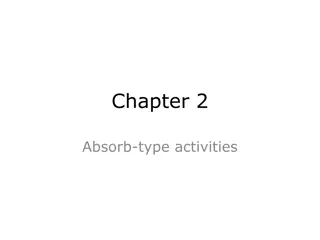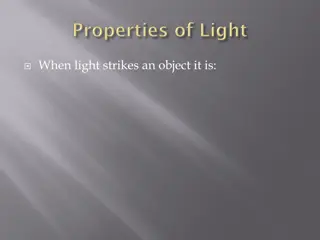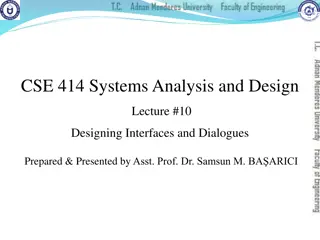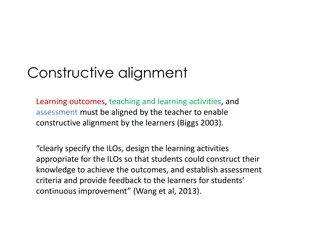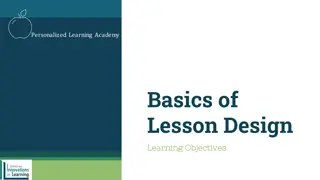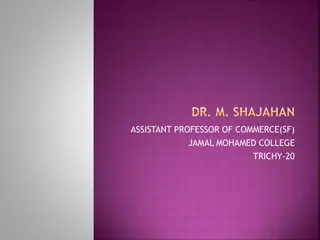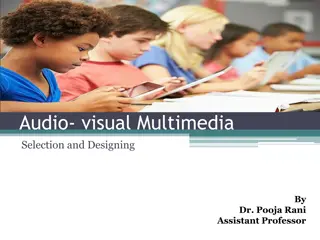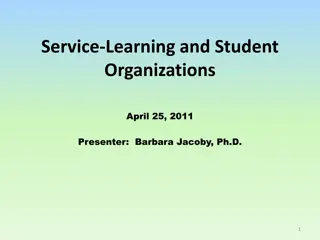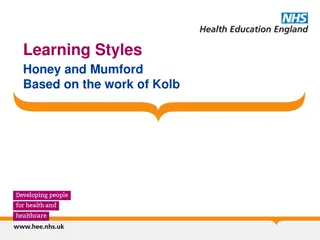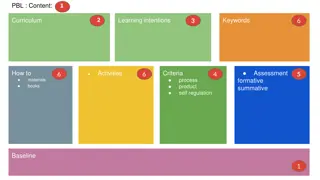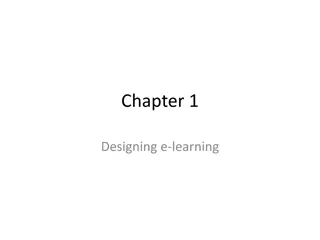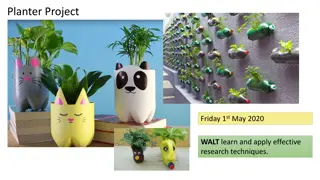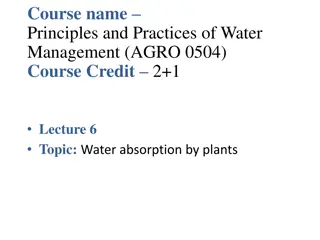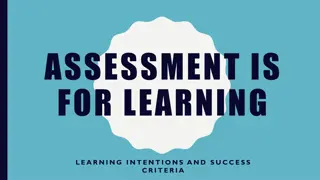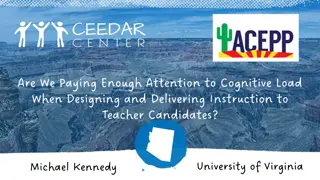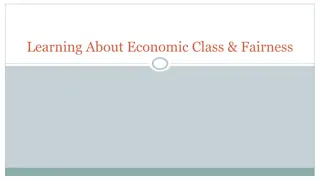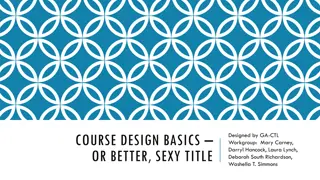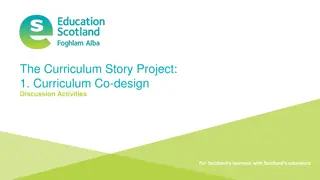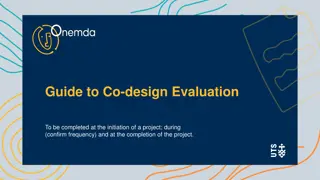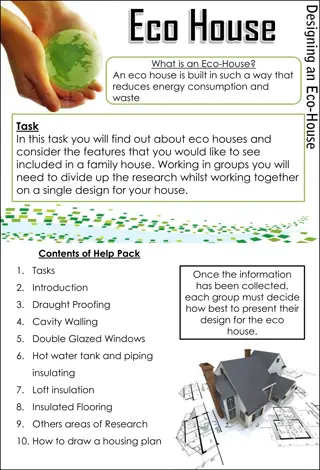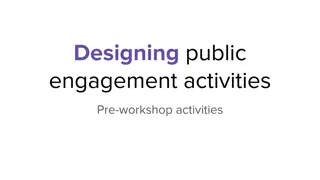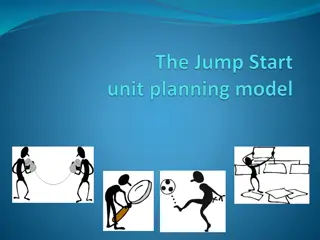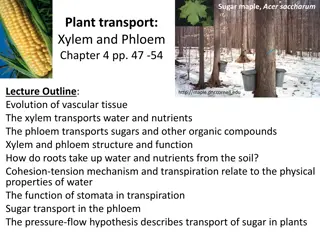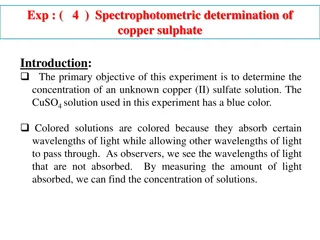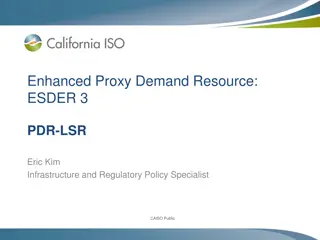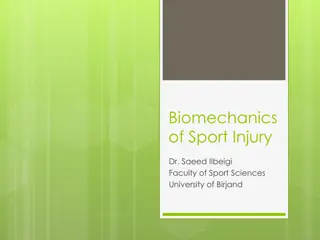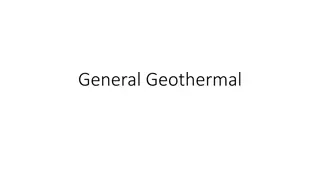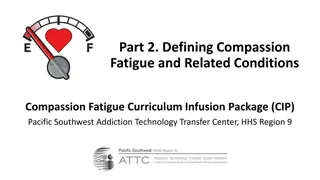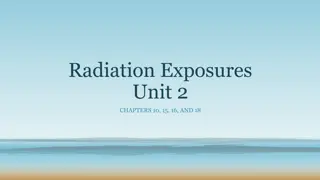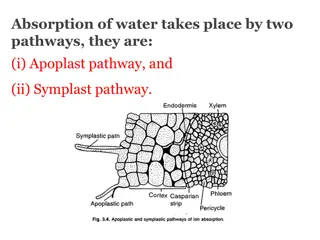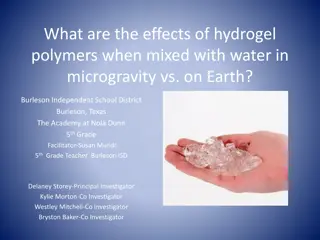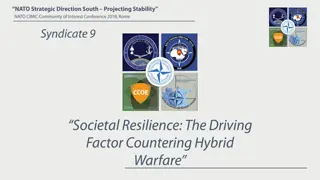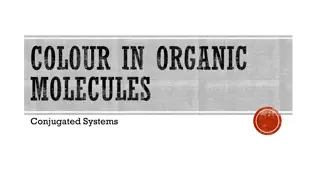Designing Absorb Activities for Effective Learning
Explore examples and guidelines for designing absorb-type activities in educational projects. Learn when to use absorb activities, types of absorb activities like presentations, readings, stories, and field trips, as well as examples of presentation types and software demonstrations. Discover where to use informational videos and how dramas and discussion presentations can enhance learning experiences.
Download Presentation

Please find below an Image/Link to download the presentation.
The content on the website is provided AS IS for your information and personal use only. It may not be sold, licensed, or shared on other websites without obtaining consent from the author. Download presentation by click this link. If you encounter any issues during the download, it is possible that the publisher has removed the file from their server.
E N D
Presentation Transcript
Chapter 2 Absorb-type activities /21 1
Reminder In your project you are asked to design a variety (Absorb, Do, and Connect) activities. This chapter show you examples of Absorb activities. /21 2
When to use absorb activity? Learners need an introduction To extent current knowledge and skills (new versions, new software) To prepare for Do and Connect activities Best for highly motivated learners /21 3
Types of Absorb Activities 1. Presentations 2. Readings 3. Stories by a teacher 4. Field trips /21 4
Types of presentations Slide shows Physical demonstrations (repairing, kicking, performing) Software demonstration Informational films (instructional video) Dramas (?????) Discussion Presentations? /21 5
Types of software demonstration Scenario demonstration (make a multiple choice question with Zebrazapps) Feature demonstration (what could be done with ZebraZapps) User-interface tours (explain the icons and windows) /21 6
Where to use informational video Cause and effect relationships Chronological sequence Chain of actions or discoveries /21 7
Dramas Learners watch a fictional scene among people, to illustrate a situation (e.g., Troubleshooting a computer lab, good interview, classroom management, etc.) A drama is the fictional counterpart of informational video It could be live, still images, voice, or video (teacher & parent drama) /21 8
Discussion Presentation When a speech is too boring you may use discussion/debate presentation Helps elicit valuable information and opinions from experts /21 9
Types of discussion presentations News interviews Talk-show interviews Debates Panel discussion Mock trials (G.W. Bush trial ),??? /21 10
Readings Sometimes the best e-learning is a good book.. or a good e-book Reading may be a more active learning experience than some learning games especially as learner skims, peruses, reads, imagines, compares, re-reads, jots notes, makes bookmarks, and reflects. Reading in class? /21 11
A little fun with reading https://www.youtube.com/watch?v= MOXQo7nURs0 /21 12
Do we have readings for this course? /21 13
When to use reading activities Learners need deeper knowledge You don t have time to develop more interactive materials Well-written documents are readily available Learners are skillful readers Learners are motivated enough to read on their own /21 14
Types of readings Individual documents Libraries of documents to select from (link to docs) Predefined searches to find internet resources /21 15
Internet Resources Link to Internet resources Provide specific search terms Sources of useful documents scholar.google.com http://academic.research.microsoft.com http://books.google.com www.gutenberg.org books24x7.com /21 16
Stories by a teacher Stories by a teacher is an Absorb activity but stories by students are Connect activity. /21 17
Field trips Students may tour an online presentation of a farm, an exhibit, a museum, a monument, or a historical town. /21 18
When to use it? Use it when you don t have time or budget to do a real field trip Show how concepts taught in the course are applied (or misapplied) in real world Provide access to concrete examples Reveal examples in context (food chain) Orient learners in a new environment Encourage discovery of patterns /21 19
Virtual museums Other names: web-based museums, e-museums, virtual galleries, online museums, and online galleries. /21 20
Best practices for field trips Require learning (not just fun) Include variety of media Tell what is important (why take chances?) Annotate exhibits thoroughly (15 details) Let learners inspect items in detail Help them to download what they want /21 21


